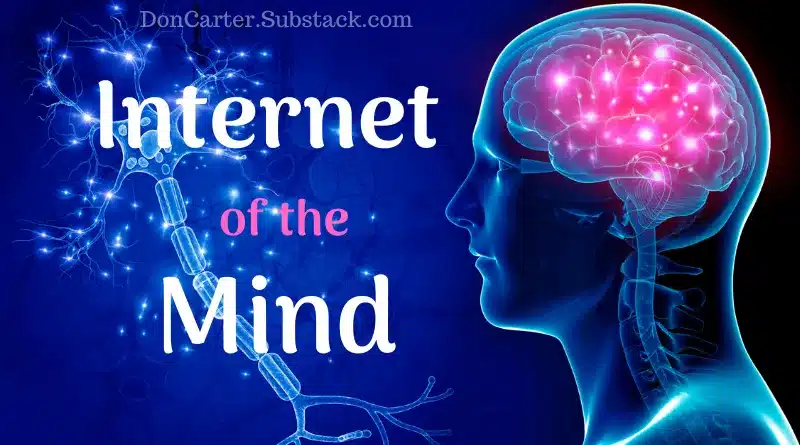
Neuroplasticity and Sensory Processing
- Neurons that fire together wire together
- Use it or lose it
Neuroplasticity – How to Rewire Your Brain
In our exploration of the basic types of motivation, we discovered the role our mental filters play in how we see the world. Our mental filters are strongly held personal beliefs, also referred to as existential positions. These mental filters are the result of neuroplasticity and sensory processing in action.
When we recognize another one of these positions has been confirmed whether it be positive or negative, there is an emotional charge added to the experience. Some call this the confirmation of our existential positions or strongly held personal beliefs. It’s that, I knew this was going to happen! feeling that we get when the position has been confirmed. It matters not whether the intensity is positive or negative. All that matters is that there is a charge of intensity.
Sensory Processing – Intensity & Repetition
In our review of pattern matching, we see that intensity and repetition are two primary sensory processing mechanisms that provide the impetus for the creation and strengthening of neural networking. An example of intensity might be the experience of September 11, 2001, and how those images were burned into our brains forever. I remember the day John F Kennedy got shot. I was only in the first grade, but it was such an intense thing for all the adults around us at school that it was indelibly burned into my memory. These are examples of how intensity affects neuroplasticity and sensory processing.
When sensory experiences are not as intense as those examples were, they need repetition to form neural networks. When intensity is blended with repetition there is an especially strong impact on neuroplasticity through sensory processing. For example, in the cases of 9/11 and John F Kennedy, the intense images were playing over and over again on television. That repetition helped burn those events into our brains.
Learning the ABCs would be an example of using repetition through memorization to create neural circuitry. Multiplication tables are another example of memorization through repetition for the purposeful creation of neural networks. These low-intensity pursuits can become very boring thereby making it more difficult for young students to mobilize the discipline to pursue them. Perhaps this is why teachers intuitively devised ways to jazz these activities up a bit, such as singing the ABC’s and using flashcards for memorization of the multiplication tables. Making the activities into games provides intensity for young children strengthening the impact on neuroplasticity and enhancing sensory processing.
It is also through neuroplasticity and sensory processing that happy memories are encoded into the neural circuitry of the brain. Take for instance when your child was born, when you got married, when you graduated from college or High School, and when you finally reached that ultimate goal. All of these one-time events and experiences were intense enough that they encoded images, thoughts, feelings, beliefs, and conversations into a new neural network.
Applications for Neuroplasticity and Sensory Processing
So, how can we use this information about neuroplasticity and sensory processing to our benefit? When we can identify a limiting core belief, emotional wound, or traumatic imprint experience, then intensely and repetitively intervene at the precise location on the tangled and sophisticated neural matrix of the brain in a powerful way, the potential benefits become mind-boggling! This is precisely why I am a practitioner and major proponent of the power and precision of Integrative Psychotherapy.
Clinical hypnosis, ego-state therapy, gestalt therapy, EMDR, and inner family systems therapy (IFS) are just a few of these metaphorical, parts-oriented approaches for navigating to and intervening at the precise locations on the internet of the mind where change needs to occur.
The right brain and the left brain are specialized in their functions even though they can be retrained to carry on the functions of the other should some damage occur, such as through a stroke. Typically, for a right-handed person, the left brain (dominant hemisphere) is logical and literal while the right brain (non-dominant hemisphere) is symbolic and intuitive. Approaches such as hypnotherapy, guided imagery, Precision CBT, inner child work, and other such inner-focused, metaphorical, integrative interventions are right-brain oriented.
This is especially important because the right brain, in this case, is said to be the location of the subconscious mind, while the left brain, is thought to be the home of the conscious mind. When we purposefully (consciously) use symbolic right-brain (subconscious) language such as metaphors, visualizations, and auto suggestions, the left brain is communicating what it wants to the right brain with a certain amount of intensity.
When we use our imagination (self-hypnosis) we can make those communications more vivid (intense). When we do it repetitively we are employing yet another subconscious processing mechanism to promote the neuroplastic change we want.
You may also be interested in…
Mirror Neurons and Emotional Co-Regulation
Neuroplasticity & the Search for Identity




